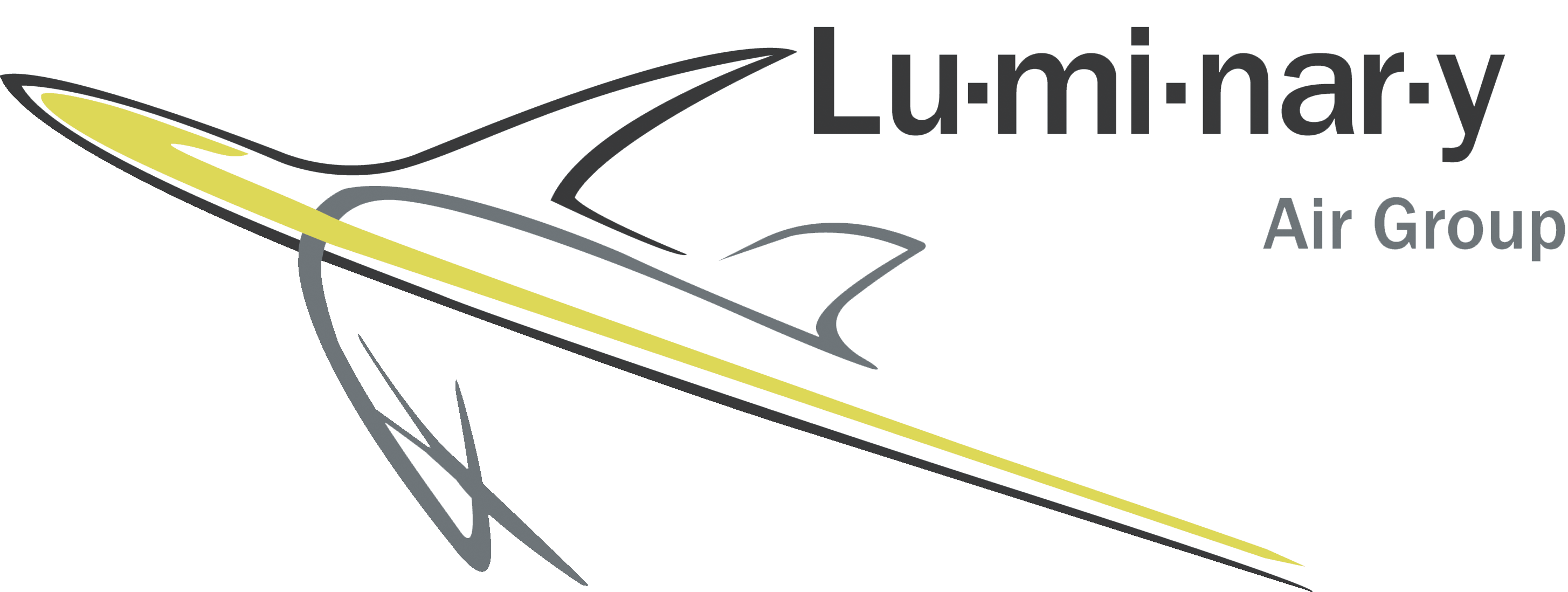When we talk about our aircraft cabin insulation systems, we are sometimes asked why we do not spend more time and effort on active noise cancellation. The Flight Environments Cabin Comfort System produced by Luminary Air Group is a passive system, meaning that it relies on insulation materials, barriers, dampening and materials that reduce vibration in the aircraft. An active system, on the other hand, produces soundwaves that precisely offset some of the noise generated by the aircraft.
“Some” is the key word here, as an active system is only able to offset a limited amount of very specific noise, generally in the low frequency ranges. In some active noise cancellation systems we measured, the noise levels had actually increased at locations that were not directly targeted by the system.
The region of active cancellation is usually quite small. When passengers move out of the targeted area, they will immediately notice a substantial difference in noise level. Active systems are difficult to optimize for more than a few carefully chosen locations. The more locations, the more complex the system design and the programming set up become. Also, active systems are generally good for very low frequency noise, which is usually not a problem in jet aircraft.
A passive system, on the other hand, can generate consistent sound levels throughout the aircraft. Of course there are certain areas that will usually be given more attention than others, such as conference rooms or bedrooms, but sound levels within the individual areas will be much more consistent. Of course there is always a trade-off between sound levels and weight that needs to be considered based on the aircraft owner’s preferences.
Another important factor is the amount of maintenance that is required. A passive system does not need any ongoing attention after it has been installed. An active systems, on the other hand, is a little different. Not only does it need a constant power supply, it also requires programming before each flight for optimal performance. More importantly, if the interior configuration (seat layout, etc.) changes, the programming has to adjusted.
A final point to consider is that, in addition to reducing cabin noise, a passive system provides other benefits, such as improved thermal stability throughout the aircraft.
Comparison between the Flight Environments Cabin Comfort System and an active noise cancellation system:
| Feature | Flight Environments Cabin Comfort System | Active Noise Cancellation System |
| Noise Cancellation | All Frequencies | Low frequencies |
| Area of noise cancellation | Consistent sound levels throughout aircraft | Only in an area around the speakers |
| Aircraft power required | No | Constantly |
| Programming/Adjustment | None – completely passive | For optimal performance, this system requires programming before each flight and certainly if the seat lay-out changes. |
| Maintenance | No maintenance required | Maintenance required |
| Thermal stability | Thermal Stability throughout aircraft | No effect |
| Acoustic level recording | Acoustic levels are recorded in accordance with SAE ARP1323 Rev.A | Not compliant |
| Burn through | Exceeds the current flammability requirements per. FAR 25.853 (a) & (b). | Not applicable |
| Warranty | 10 years | 1-2 years |
